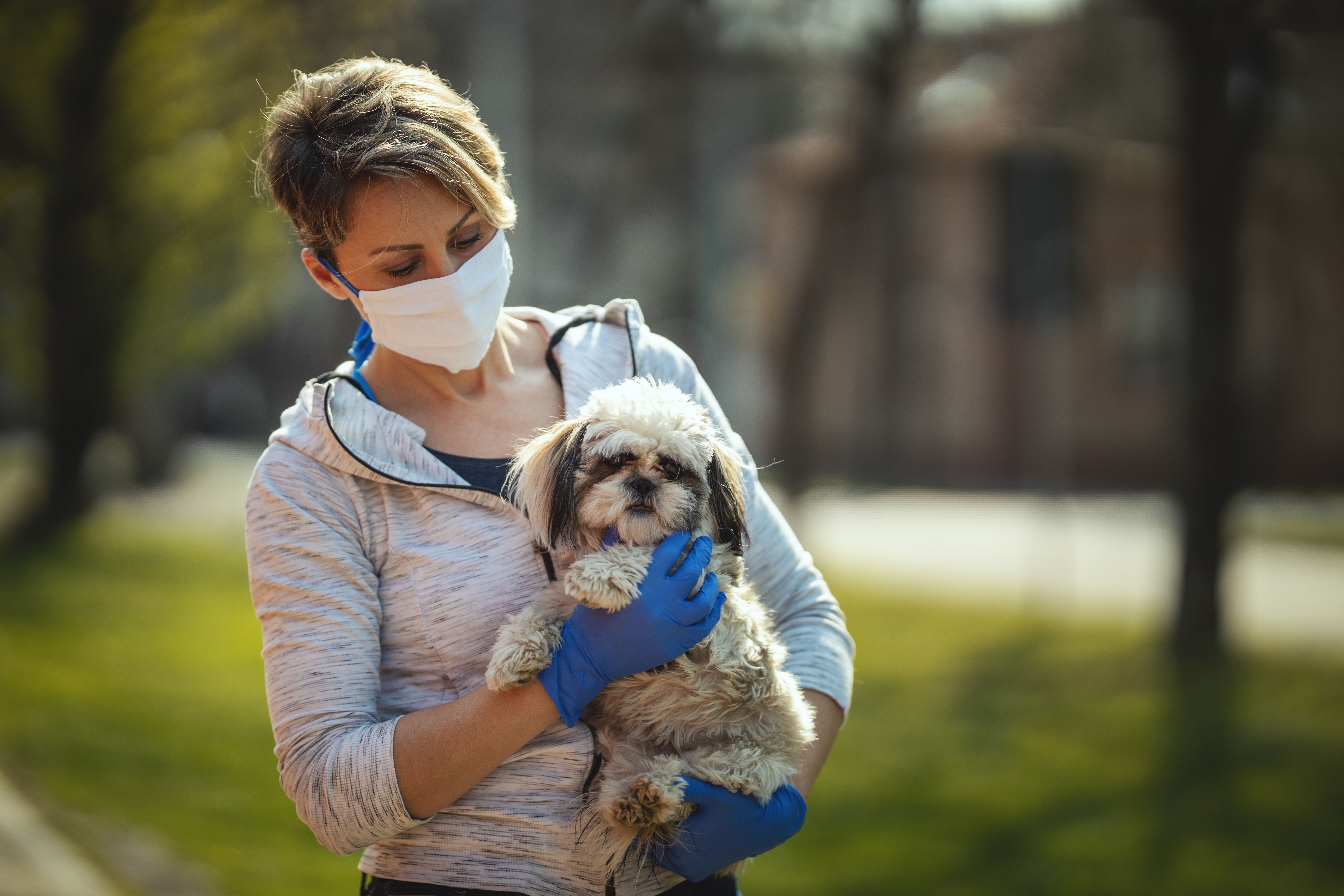Study examines human-to-animal transmission of SARS-CoV-2
So far, none of the animals involved in the CoVERS study have tested positive for the virus that causes COVID-19.
milanmarkovic78 / stock.adobe.com

When news first broke that SARS-CoV-2, the virus that causes COVID-19, was believed to have originated from bats, questions quickly surfaced about the potential threat of infection from companion animals to humans and vice versa. Initially, veterinary experts found no evidence of a correlation. However, that changed when animals abroad and then in the U.S. tested positive for the virus. The first reported case in the U.S. was a tiger at the Bronx Zoo, followed by pet cats and a German shepherd in New York State.
Understanding the chain of transmission
As human medical experts raced to identify the chain of transmission and possible cures, their counterparts in the veterinary field searched for links on how the virus could be transmitted through human-animal contact and what impact that might have on animal patients.
“We were really interested at the outset in how prevalent this spillover might be,” explained Jonathan Runstadler, DVM, PhD, a professor of infectious disease and global health at Cummings School of Veterinary Medicine at Tufts University, during a recent webinar hosted by the Massachusetts Veterinary Medical Association. “Part of the problem initially was that in late January and through February, there wasn’t information or data of any sort to look at in order to evaluate if this was a risk.”
The CoVERS study
Dr. Runstadler provided an overview of the university’s Coronavirus Epidemiological Research & Surveillance (CoVERS) study. “The study we’ve started grew from some of what we already know about viruses like SARS-CoV-2 and related viruses that have caused epidemic events in the past,” he said.
“We know that these viruses are spilling over into human populations from animal hosts. It is usually animal hosts in the wild but [it also occurs] through domestic intermediate hosts or other animals that are in semi-domestic situations. For SARS-CoV-2, that really is no different.”
Quickly shifting focus from the department’s ongoing studies, the research team started locally by sampling patients from veterinary hospitals in Massachusetts. Initially, they hoped to determine whether significant spillover was occurring in situations where close human-animal contact was common. As the study’s focus began to take shape, however, the CoVERS team established the following three key phases:
- In the first phase, they screened a variety of companion and large animal species to estimate the transmission of SARS-Cov-2 to animal hosts. The subjects were chosen without regard to the COVID-19 status of owners or other humans with which the animals had contact.
- In the second phase (where the team is currently focused), the investigators are screening and monitoring paired owners and animals to evaluate direct SARS-Cov-2 transmission and identify high-risk situations.
- The third phase will focus on monitoring farm and veterinary school animals that are in regular contact with humans for natural SARS-CoV-2 infection as well as inter- and intraspecies transmission over the course of the COVID-19 pandemic.
The first animal to be tested for the CoVERS project was a hedgehog. The group has also tested horses, bats, a coyote and even seals, but Dr. Runstadler said most of the samples have been taken from dogs and cats.
“Based on some of what we know from experimental inoculations of animal hosts and from what has occurred naturally as well, it appears that cats may be the most interesting population in terms of domestic animals.”
Of the more than 350 animals that have been tested through CoVERS to date, there have been no cases of SARS-CoV-2. “We are glad that we have not detected positives in the population of patients that we’re looking at,” Dr. Runstadler said.
What’s to come?
Looking ahead, the team is interested in enrolling more human-animal pairs for the home phase of the study, which they hope includes adding human samples for testing. “If we get a spillover event we will be able to look at the virus coming from the human as well as the spillover virus,” he explained. “That may be important for understanding how this virus actually does spill over, when it does in those rare instances, between humans and animals.”